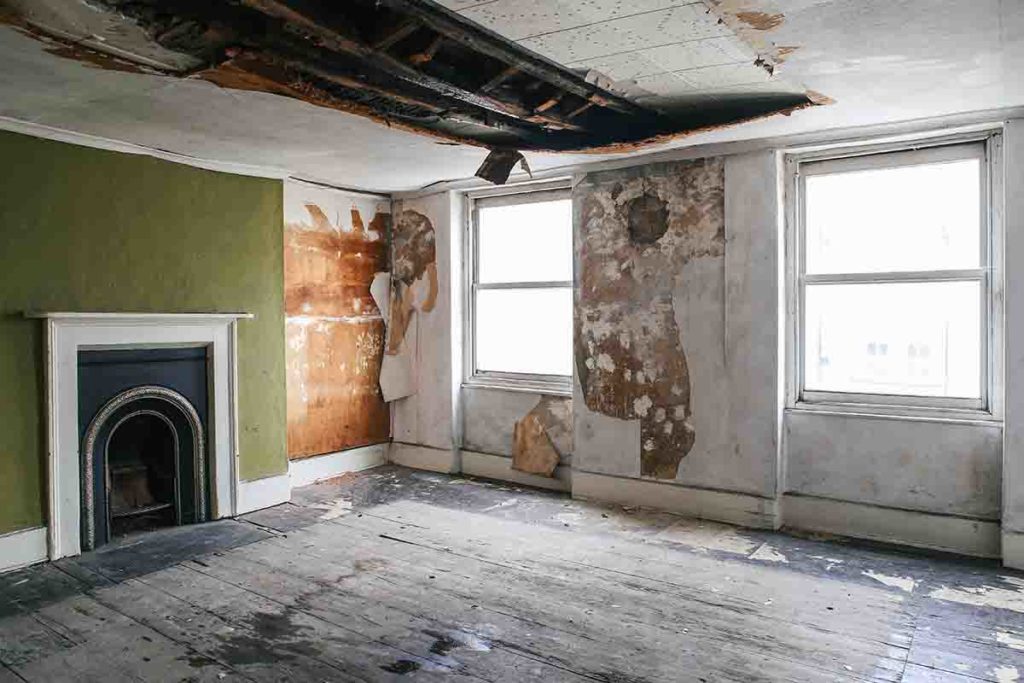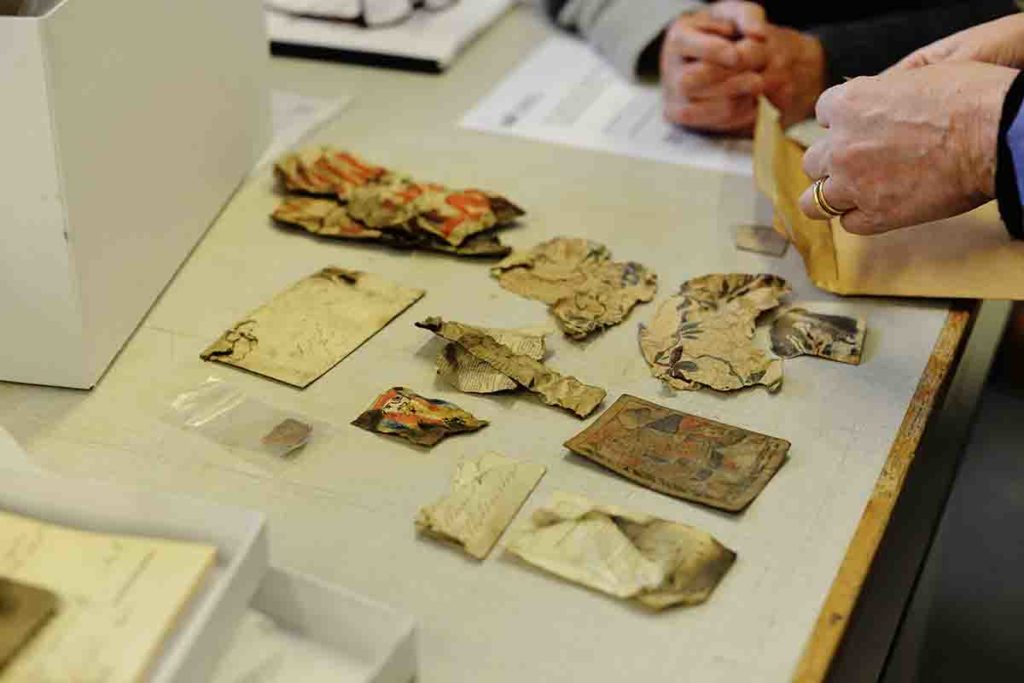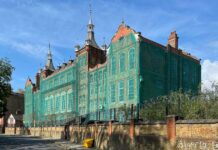
Maya Campbell speaks to the architects behind the renovation of Van Gogh House
‘At the Van Gogh House we are interested in challenging the narrative that a historic house should portray a single point in time. We are fascinated by the entire life of this building and every single one of its inhabitants; from it’s construction in the 1820s, to Van Gogh’s time in the 1870s; its surviving the Blitz in the 1940s followed by the awarding of a blue plaque in the 1970s.’ Livia Wang, Architect behind Van Gogh House Renovation
Between the years 1873 and 1874 the young artist Vincent Van Gogh found artistic inspiration in the bustling city of London, observing the English way of life with curious eyes. At the age of twenty Van Gogh was transferred from the Dutch branch of art dealers Goupil and Cie. in the Hague to their English branch in Covent Garden. This period marked his first time living and working in a new country, and being immersed in a new and exciting foreign culture. He drifted between several houses in various parts of London, until settling into a modest room at 87 Hackford Road, a 1820s Georgian terrace house tucked away in Stockwell. Van Gogh lived with his widowed landlady Mrs. Ursula Loyer, her daughter Eugenie Loyer and Samuel Plowman, another lodger. Mrs Loyer ran a small school in the area, assisted by her 19-year old daughter Eugenie who Van Gogh is rumoured to have fallen in love with whilst staying with them.
The discovery of Van Gogh’s time lodging in Hackford Road is a relatively new finding, owing it’s unearthing to the long postal strike of 1971. Postman and local resident Paul Chalcroft set out to identify the residence of Mrs Loyer using the 1871 census records that had just opened up and two years later a Blue Plaque was revealed to the public. Van Gogh is believed to have suffered from epilepsy, bipolar disorder and delusions; this period of time spent in London was a pivotal moment in his life as it was during this year that he first experienced a bout of depression, losing his job and beginning to carve out a new identity for himself. In a letter to Caroline van Stockum-Haanebeek in February 1874 he writes that he has a “rich life here, ‘having nothing, yet possessing all things. Sometimes I start to believe that I’m gradually beginning to turn into a true cosmopolitan, meaning not a Dutchman, Englishman or Frenchman, but simply a man.” In the later years, once he had fully started to paint in the mid-1880s in Paris and Arles, he refers constantly to his prints of painters he had seen in Britain as a source of renewed creativity when feeling unmotivated.

Two Van Gogh lovers, Jian Wang and Alice Childs, bought the formerly dilapidated 87 Hackford Road for £560,000 at auction in 2012. The couple are involved in educational projects that facilitate cultural exchanges between the UK and China, and their shared vision for the house was to bring it to life and transform the space through an ambitious renovation process. The previous owners, Arthur and Marjorie Smith had bought the place in 1947, just a few years after the upper floor had been damaged by wartime bombing – a stroke of luck as the adjacent houses had been destroyed during the Blitz in the early 1940s. The house remained almost unaltered, despite previous owners’ renovations in the ’50s and ’70s, serving as a time capsule to Van Gogh’s London. Careful measures were taken when the renovation began in July 2018, as the ceiling of Van Gogh’s bedroom was collapsing due to water damage and the house’s interior was largely being supported by metal scaffolding pillars. The project was directed by Cambridge and Royal College of Art graduate Livia Wang and guided by conservation architect Andrew Shepard and Triskele Conservation, a team of craftsmen who specialise in traditional building techniques and historic preservation. Conor Meehan led the Triskele Conservation team in repairing and reinstating characteristic features like the windows, doors, cornicing and floorboards using traditional construction methods. A spacious kitchen extension was added to the rear of the property along with an artist studio submerged in the newly landscaped garden; the kitchen design merges traditional methods and architecture with new construction, the choice of a ceiling with exposed pine rafters and quarry tile flooring reminiscent of the Victorian history of the house. Today, the interiors are no longer reproductions of Van Gogh’s time but the fabric of the rooms remain unchanged.
‘I might add that looking after our buildings instead of demolishing them, making the most of the structures and materials that already exist and adapting them, is a really sustainable way to build. This is inline with the Retrofirst campaign that champions reuse in the built environment.’ Livia Wang on Brixton’s built environment
Incredible artefacts from the artists’ time in Stockwell were found during the building works, hidden away between the wooden beams in the attic and beneath floorboards. Insurance documents bearing Ursula Loyer’s signature were discovered, but most notably, a prayer book was tucked away with these papers, published in 1867 and distributed in Covent Garden. A Penny Pocket Book of Prayers & Hymns is thought to have been read by Van Gogh, the contents of which may have contributed to him becoming an evangelical Christian whilst in London. Many other artefacts such as children’s toys, handwriting samples, coloured prints, needles and old stamps were conserved by students from the Camberwell College of Art conservation course.
Van Gogh House celebrates the fascinating legacy of the house by hosting guided tours, exhibitions and artist residencies. Currently, they are working to make a selection of their vast historical archive, artworks and writing available online.
‘It is incredibly evocative to think of Brixton’s past and current inhabitants, not as a series of separate groups of people representing different eras, but situated within a continuum. Being able to understand this through our built environment, to see how buildings have been altered and cared for over time, is really valuable.’ Livia Wang on Brixton’s built environment
@vangoghlondon







